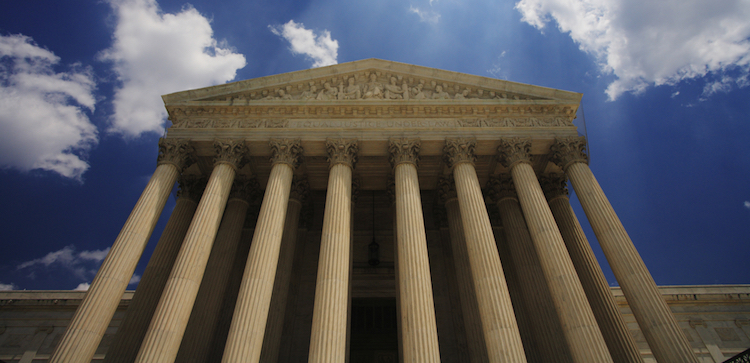SCOTUS ranks dead last for transparency on Fix the Court list; how did other courts fare?

Image from Shutterstock.com.
The U.S. Supreme Court is the least transparent among federal appellate-level courts, while the 9th U.S. Circuit Court of Appeals at San Francisco is No. 1 for public access, according to Fix the Court, a national nonpartisan organization based in New York City.
Fix the Court used a point system to rank the courts based on several measures of transparency and accountability. They include whether the courts provide live or same-day audio or video of oral arguments, how promptly they release calendars and opinions, how often they post press releases, and whether they have implemented judicial wellness and workplace conduct policies.
A Nov. 19 press release is here, and the report is here.
A court with a perfect score would get 21 points. The 9th Circuit was first with 17 points, and the U.S. Court of Appeals for the District of Columbia Circuit was second with 14 points. Tying for third place with 12 points each were the 3rd Circuit at Philadelphia and the 5th Circuit at New Orleans.
The Supreme Court had only six points. The court received two points for quick release of opinions, two points for timely posting of its oral argument calendar, one point for frequency of press releases, and one point for quality of its recordings of oral argument.
The 9th Circuit is the only court that routinely provides live audio and video of oral arguments, while the D.C. Circuit routinely provides live audio. Most of the other appeals courts provide same- or second-day audio. Many allow live audio or video in certain cases, however.
The Supreme Court usually posts audio of arguments at the end of the week, “a slower turnaround than any other appeals court,” according to the Fix the Court report. The court has released same-day audio in two instances since April 2015 and only 27 times overall.
“It should come as no surprise that the Supreme Court is the least transparent federal court by a host of measures,” said Gabe Roth, Fix the Court executive director, in the press release. “As our report demonstrates, other federal appeals courts are making strides across categories of openness and accountability, from wellness to workplace conduct to broadcast. Those lagging behind, including the Supreme Court, should learn from those ahead of the curve.”
Write a letter to the editor, share a story tip or update, or report an error.


